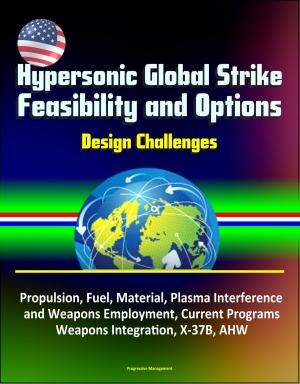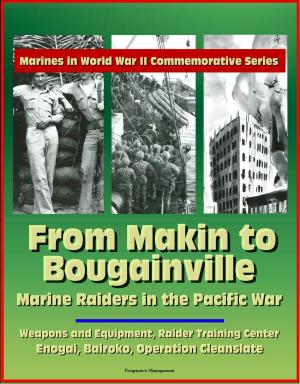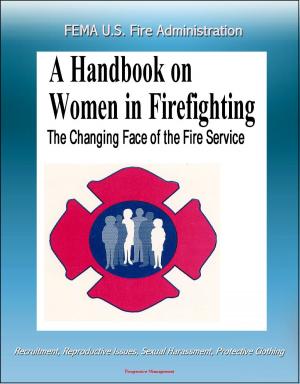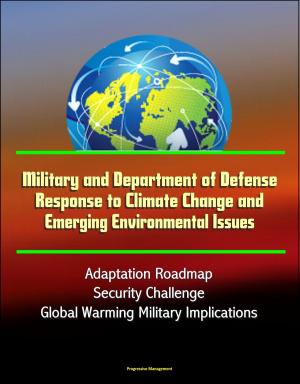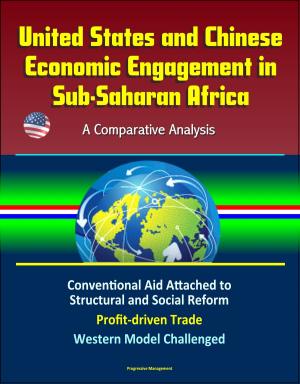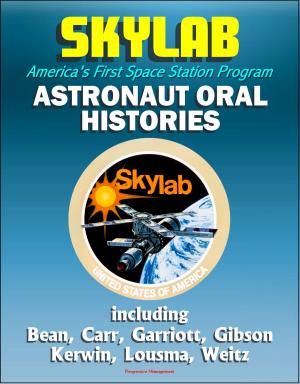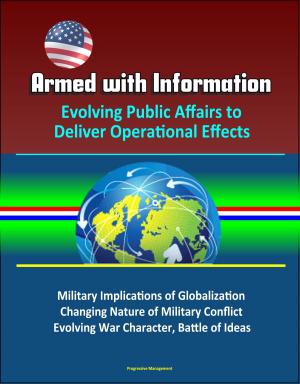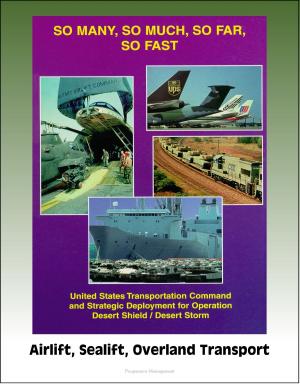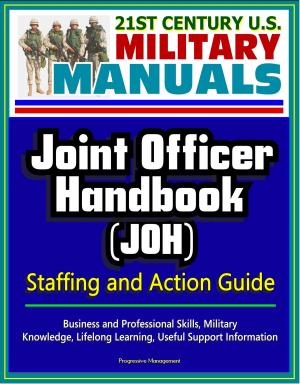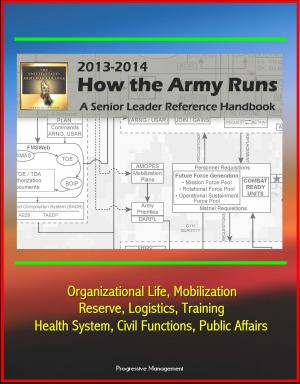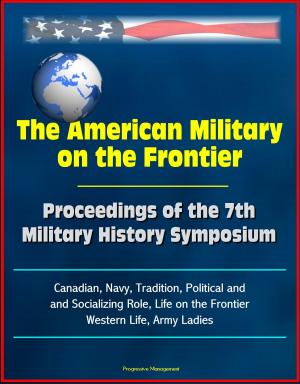Black Magic and Gremlins: Analog Flight Simulations at NASA's Flight Research Center (NASA SP-2000-4520), X-15 Simulator, Lifting Body Simulation, Short Take-off and Landing, Boost Vehicles
Nonfiction, Science & Nature, Technology, Aeronautics & Astronautics, Science, Physics, Astrophysics & Space Science| Author: | Progressive Management | ISBN: | 9781476173979 |
| Publisher: | Progressive Management | Publication: | July 18, 2012 |
| Imprint: | Smashwords Edition | Language: | English |
| Author: | Progressive Management |
| ISBN: | 9781476173979 |
| Publisher: | Progressive Management |
| Publication: | July 18, 2012 |
| Imprint: | Smashwords Edition |
| Language: | English |
This history of the Flight Research Center (FRC) Simulation Laboratory (FSL) describes the development of experimental flight-test simulators and the rapid evolution of the computers that made them run. (The FRC was a predecessor of NASA's Dryden Flight Research Center, Edwards, California.) Gene Waltman has provided a smooth blend of anecdotal narrative and technical jargon that maintains reader interest whether or not the reader is computer literate.
This publication describes the development of the Flight Research Center Simulation Laboratory during the period from 1955 to 1975. These are the years in which analog computers were used as a major component of every flight simulation that was mechanized in support of the many different flight research projects at the High-Speed Flight Station (HSFS-redesignated the Flight Research Center [FRC] in 1959 and the Dryden Flight Research Center [DFRC] in 1976). Initially, analog computers were used along with a ground-based cockpit for these simulators. This started in 1955. In 1964 a small scientific digital computer was bought and added to the X-15 simulator. This was the start of the hybrid (combined analog and digital) computer period of flight simulators. Both of these periods are covered in this document.
The simulation laboratory has had a number of different names over the years. I have chosen to use a single designation—FRC Simulation Laboratory (FSL)—to avoid confusing the reader with different names throughout this document. This publication discusses how we developed the many different analog simulations.
Table of Contents * Foreword * Preface * Analog Simulations * Four-Stage Boost-Vehicle Simulation * X-15 Simulator * General Purpose Airborne Simulation * Hybrid Simulations * Lifting-Body Simulation Systems * Short Take-Off and Landing Simulations * Personal Accounts of FRC Simulation Laboratory Personnel * Edward N. Videan * Richard O. Musick * John P. Smith * Gene L. Waltman * John J. Perry * Donald C. Bacon * Lawrence Caw * Art Suppona * Charles A. Wagner * Personal Accounts of FSL Users * Richard D. Banner * Richard E. Day * Donald Reisert * Robert W. Kempel * Dwain A. Deets * Stanley P. Butchart * William H. Dana * Thomas C. McMurtry * Finale * Glossary * Bibliography
This history of the Flight Research Center (FRC) Simulation Laboratory (FSL) describes the development of experimental flight-test simulators and the rapid evolution of the computers that made them run. (The FRC was a predecessor of NASA's Dryden Flight Research Center, Edwards, California.) Gene Waltman has provided a smooth blend of anecdotal narrative and technical jargon that maintains reader interest whether or not the reader is computer literate.
This publication describes the development of the Flight Research Center Simulation Laboratory during the period from 1955 to 1975. These are the years in which analog computers were used as a major component of every flight simulation that was mechanized in support of the many different flight research projects at the High-Speed Flight Station (HSFS-redesignated the Flight Research Center [FRC] in 1959 and the Dryden Flight Research Center [DFRC] in 1976). Initially, analog computers were used along with a ground-based cockpit for these simulators. This started in 1955. In 1964 a small scientific digital computer was bought and added to the X-15 simulator. This was the start of the hybrid (combined analog and digital) computer period of flight simulators. Both of these periods are covered in this document.
The simulation laboratory has had a number of different names over the years. I have chosen to use a single designation—FRC Simulation Laboratory (FSL)—to avoid confusing the reader with different names throughout this document. This publication discusses how we developed the many different analog simulations.
Table of Contents * Foreword * Preface * Analog Simulations * Four-Stage Boost-Vehicle Simulation * X-15 Simulator * General Purpose Airborne Simulation * Hybrid Simulations * Lifting-Body Simulation Systems * Short Take-Off and Landing Simulations * Personal Accounts of FRC Simulation Laboratory Personnel * Edward N. Videan * Richard O. Musick * John P. Smith * Gene L. Waltman * John J. Perry * Donald C. Bacon * Lawrence Caw * Art Suppona * Charles A. Wagner * Personal Accounts of FSL Users * Richard D. Banner * Richard E. Day * Donald Reisert * Robert W. Kempel * Dwain A. Deets * Stanley P. Butchart * William H. Dana * Thomas C. McMurtry * Finale * Glossary * Bibliography

